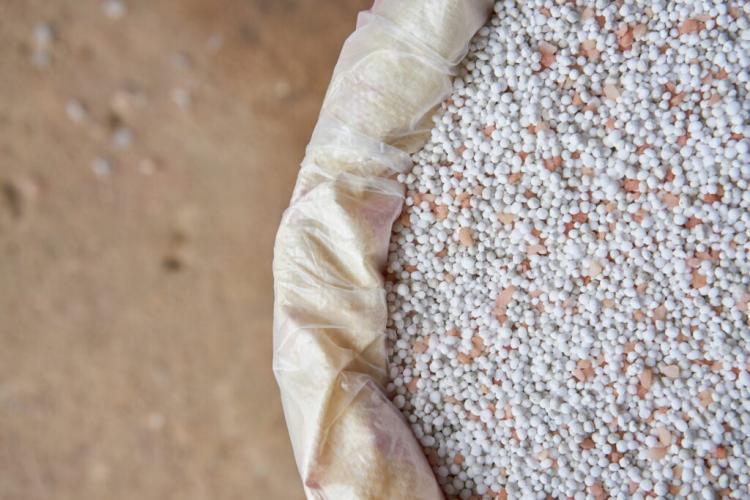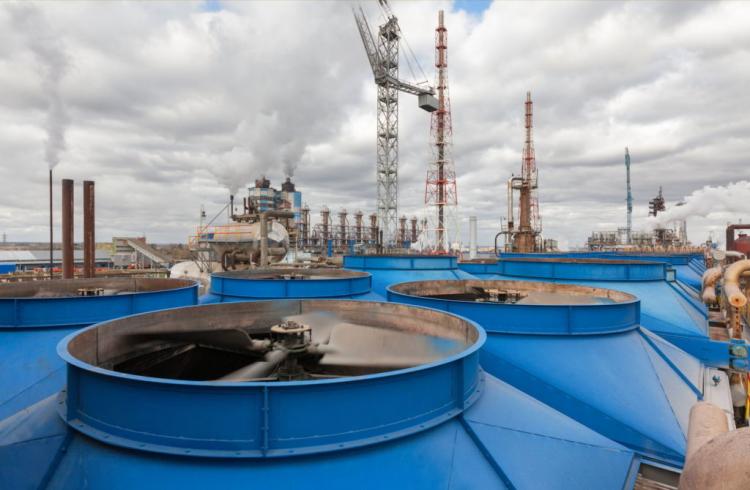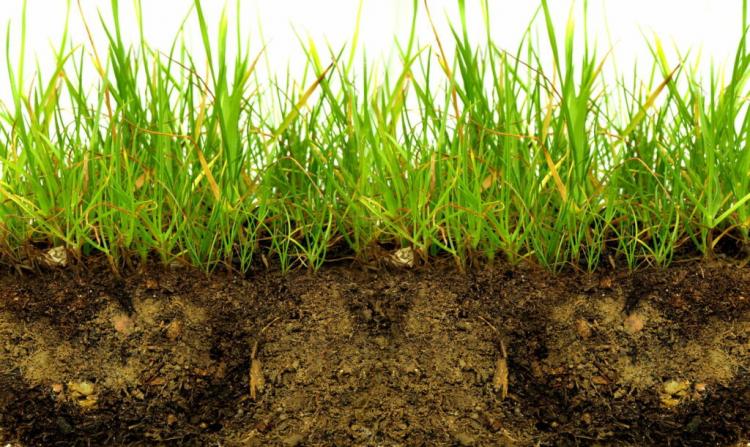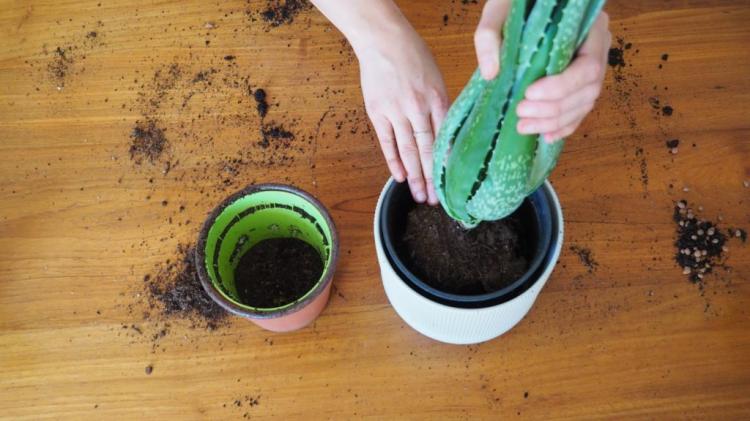Artificial Fertilizers: Properties, Disadvantages & Better Alternatives
Unlike organic fertilizer, artificial fertilizer is made from fossil minerals and atmospheric nitrogen. We show what alternatives are available.

Industrially produced artificial fertilizers are widely used in gardens and agriculture [Photo: Criniger kolio / Shutterstock.com]
How do artificial fertilizers fit into the naturalness of living and growing gardens? The term clearly differentiates the chemically and industrially produced nutrient mixtures from natural fertilization – and rightly so, because artificial fertilizers and natural fertilizers have completely different effects.
Here you can find out what artificial fertilizers are, when they can be used sensibly and where their disadvantages lie. We will then give you fertilizer alternatives.
What is artificial fertilizer?
Artificial fertilizers are mineral fertilizers that are manufactured or processed using chemical and industrial processes. The raw materials used come from fossil deposits – only the nitrogen has to be synthesized from atmospheric nitrogen (N2) in the Haber-Bosch process. The individual nutrients are crystallized into salts, which dissolve again in the soil water when they are applied. After the fertilizer grains have dissolved, the nutrient ions can be absorbed by plants, used or converted by soil organisms, bound to soil particles by electrical attraction forces or washed downwards. Because of their quick action and high concentration, artificial fertilizers are able to remedy acute deficiencies in plant nutrition. So if a plant with a severe deficiency needs to be taken care of immediately, the use of mineral fertilizers or liquid fertilizers can make sense.
Disadvantages of artificial fertilizers
Artificial fertilizers are at first glance attractive to many consumers, not least because of their low price. What should be taken into account, however: The favorable pricing of artificial fertilizers is only possible at the expense of the environment and at the expense of your garden. Because the production of artificial fertilizers consumes large amounts of energy, it exploits finite fossil deposits, destroys landscapes and pollutes water. The Haber-Bosch process for synthesizing nitrogen compounds from atmospheric nitrogen is so energy-intensive that it is only economically viable if electricity prices are extremely low. And of course, electricity is only available so cheaply at the expense of the environment: coal power and nuclear power make it possible.

Mineral nitrogen fertilizer is synthesized from atmospheric nitrogen in chemical plants [Photo: saoirse2013 / Shutterstock.com]
Unfortunately, an artificial fertilizer is hardly usable as a permanent garden fertilizer: If used alone, it leads to a long-term decline in all soil quality. Water and nutrient storage decrease, soil life becomes impoverished, humus is broken down, which also worsens ventilation, loosening and rooting. Soil fertility sinks because the soil lacks essentials. In addition, incorrect use can lead to leaching, over-fertilization and changes in the soil pH value, which is crucial for the nutrient uptake of the plants.
Note: Some of the world's phosphate deposits are contaminated with uranium or cadmium. These are not contained in high-quality mineral fertilizers – protective limit values exist for this in Germany. However, the storage facilities for unpolluted phosphates are scarce. Learn more about how heavy metals can appear in fertilizers here.
Alternatives to artificial fertilizers
The alternatives to artificial fertilizers are fertilizers that do not exclude the natural processes for maintaining soil performance: organic fertilizers or organic-mineral fertilizers contain nutrients in organically bound form. This of course also includes fertilizers made in-house, such as compost, horse manure, green manure or bokashi. If you buy mainly organic fertilizers, it is basically dried, crushed material of animal or vegetable origin, the nutritional content of which is precisely known and which may have been expanded with some mineral additives in order to increase the speed of action or the nutrient ratio of the raw materials to the needs of the adapt to fertilized plants. Biologically active components such as bacterial or fungal spores of useful microorganisms such as mycorrhizae are also not unusual components. The advantages are obvious: By introducing carbon-rich structural material, the soil-forming organisms in the subsoil are nourished and have “building material” for humic soil crumbs. Due to their activity and humus formation, the soil becomes loose, stores water and nutrients efficiently and can pass them on to the plants growing in the soil if necessary.

The soil-forming organisms cannot live without organic material [Photo: Ya_Elena / Shutterstock.com]
Note: Some microorganisms living in the soil – fungi as well as bacteria, archaea, nematodes and insects – are in close contact with the root, sometimes even in symbiotic relationships. For plants, their presence means a promotion of their growth and vitality.
At Plantura, we have primarily developed organic organic fertilizers without animal additives, with which you can garden sustainably. The Plantura organic fertilizers are produced organically, are safe for nature and the user and provide both main and trace nutrient elements in suitable compositions for flowers, hydrangeas, roses or tomatoes and vegetables. Our Plantura organic universal fertilizer and the organic soil activator can be used in a variety of ways in the garden. The purely organic Plantura organic autumn lawn fertilizer makes your lawn winter-proof and strengthens it for the coming year, while our mainly organic Plantura organic lawn fertilizer optimally supplies your lawn with all the nutrients in spring and summer while protecting the environment. You can find more about our Plantura product family in our shop.






